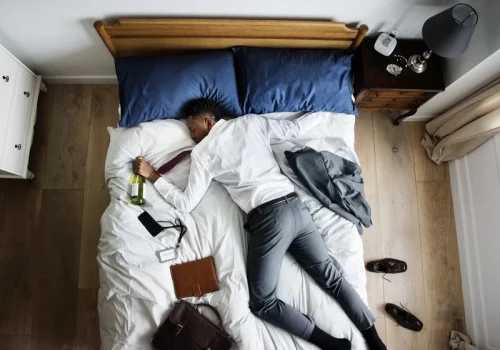
Similar to the treatment of other withdrawal syndromes, reinstitution of caffeine with a slow taper is the treatment of choice for caffeine withdrawal. Headaches can also be treated with supportive care, hydration, and pain control medication such as acetaminophen and nonsteroidal anti-inflammatory medications. No specific medication is recommended in the treatment of caffeine use disorder and withdrawal. A number of people are expressing fears that some benzodiazepine withdrawal symptoms last for ever, and that they can never completely recover. Particular concerns have been raised about impairment of cognitive functions (such as memory and reasoning) and other lingering problems such as muscle pains and gastrointestinal disturbances. A third factor may operate in people who have had frightening experiences during withdrawal.
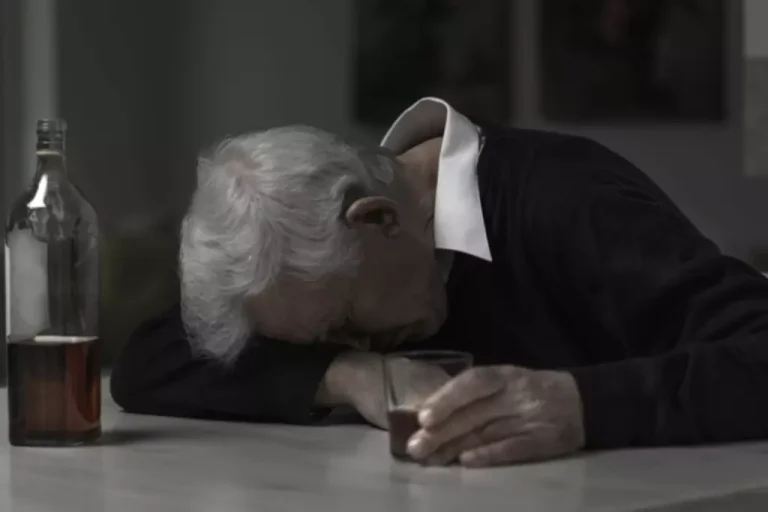
5 Withdrawal Symptoms
Such hypervigilance is part of the normal fear and flight response which is damped down by benzodiazepines but undergoes a rebound during withdrawal. While there is no FDA-approved medication to treat benzodiazepine withdrawal, your doctor may also prescribe other medications to help you manage withdrawal symptoms. The medication Romazicon (flumazenil) is sometimes used off-label for withdrawal symptoms. Longer-acting benzodiazepines like Klonopin (clonazepam) can stay in the system longer, which means it can be one to two days or even longer before withdrawal symptoms start. Some people who use inhalants regularly develop dependence, while others do not.
TABLE.
- It must be noted, however, that a majority of subjects were experiencing tinnitus at baseline.
- Benzo withdrawals can be severe, and life threatening complications can occur.
- By following the withdrawal schedules outlined in Chapter II, you can be confident of avoiding these complications.
- Sometimes the depression becomes severe enough to qualify as a “major depressive disorder”, to use the psychiatric term.
At the time of this report, the patient remains at the total daily dose of 1.5 mg clonazepam (a 25% reduction from initial dose). Patients must first be shown that their symptoms are part of the well-established phenomena of tolerance and benzodiazepine withdrawal syndrome. This often requires the physician to address what is alcoholism messages of safety and intrinsic need for benzodiazepines, which patients have heard from other physicians who are unaware of the dangers and symptoms of physiologic dependency.
History and Physical
Many of these people have taken benzodiazepines for 20 years or more and/or have had bad experiences in withdrawal. The incidence of protracted symptoms in those who have undergone a slow taper under their own control is almost certainly very much lower. Depressive symptoms are common both during long-term benzodiazepine use and in withdrawal. It is not surprising that some patients feel depressed considering the amalgam of other psychological and physical symptoms that may assail them.
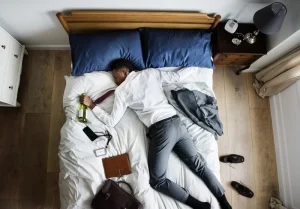
6. WITHDRAWAL MANAGEMENT FOR ALCOHOL DEPENDENCE
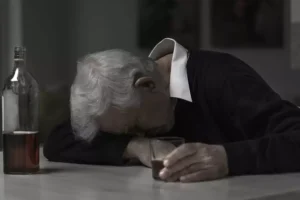
The largest factor that might predict the length of the harm is how the patient discontinued the drug (slow, controlled taper or over-rapid or cold-turkey withdrawal). Apart from tapering rate, there are no other known predictors for the severity of the withdrawal syndrome. Slowly benzodiazepine withdrawal syndrome reducing the dose, less than 5 to 10% of the current dose monthly, can minimize the severity of the withdrawal symptoms and is the recommended way to discontinue benzodiazepines safely.
- Do not be persuaded by your doctor to start immediately on the “therapeutic” dose for depression.
- All can cause a similar type of dependence and some are more toxic than benzodiazepines.
- If the protocol in Table 11 does not adequately control alcohol withdrawal symptoms, provide additional diazepam (up to 120mg in 24 hours).
- Not everybody experiences PAWS when they stop using or cut back on substances.
Like alcohol, benzodiazepines are fat soluble and are taken up by the fat-containing (lipid) membranes of brain cells. It has been suggested that their use over many years could cause physical changes such as shrinkage of the cerebral cortex, as has been shown in chronic alcoholics, and that such changes may be only partially reversible after withdrawal. However, despite several computed tomography (CT) scan studies, no signs of brain atrophy have been conclusively demonstrated in therapeutic dose users, and even the results in high dose abusers are inconclusive. It is possible that benzodiazepines can cause subtle changes which are not detected by present methods, but on the available evidence there is no reason to think that any such changes would be permanent. It may take a long time for these people to regain, or attain, full confidence in themselves.
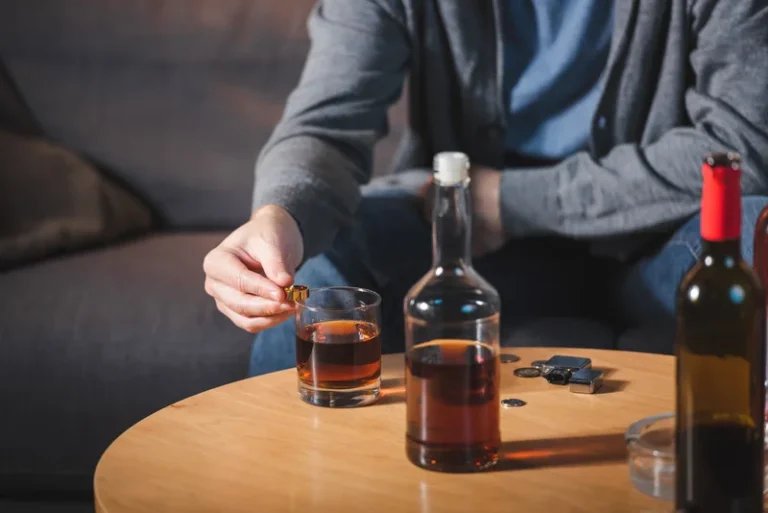
Healthline Lessons
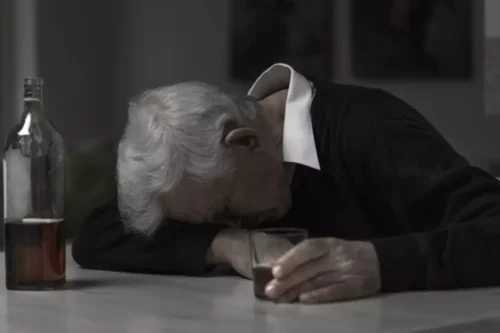
There are many measures that will alleviate these symptoms, such as muscle stretching exercises as taught in most gyms, moderate exercise, hot baths, massage and general relaxation exercises. Such measures may give only temporary relief at first, but if practised regularly can speed the recovery of normal muscle tone – which will eventually occur spontaneously. One particular patient who was confined to a wheelchair with a spastic paralysis and who was also blind, was able to come off all his benzodiazepines with the help of a meditation technique. However, not everyone is able to devote the mental and physical concentration required for these techniques.
- It depends on where you start from, how much support you need and receive, how you manage your taper and many other factors.
- As with other substances, avoidance of the discomfort of withdrawal is often a barrier to abstinence.
- The body is very good at doing this, even at minimal fluid consumption, and surplus water is simply excreted.
- There is absolutely no evidence that benzodiazepines cause permanent damage to the brain, nervous system or body.
- During withdrawal, the patient’s mental state should be monitored to detect complications such as psychosis, depression and anxiety.
- Patients may have been taking benzodiazepines for an anxiety or other psychological disorder; following withdrawal from benzodiazepines, the patient is likely to experience a recurrence of these psychological symptoms.
Patients should drink at least 2-3 litres of water per day during stimulant withdrawal. Multivitamin supplements containing B group vitamins and vitamin C are recommended. Symptomatic medications should be offered as required for aches, anxiety and other symptoms.
